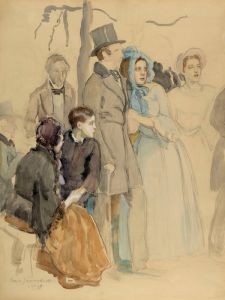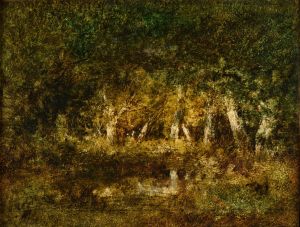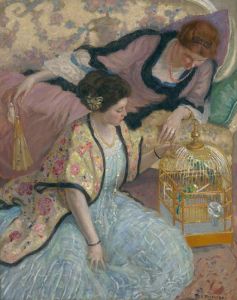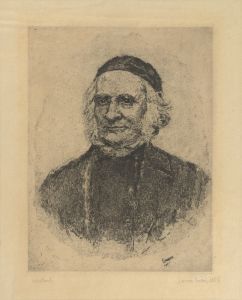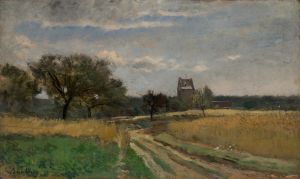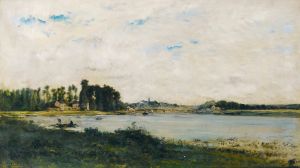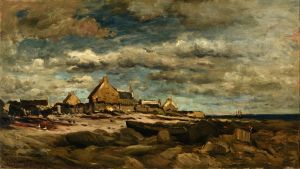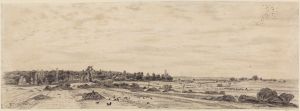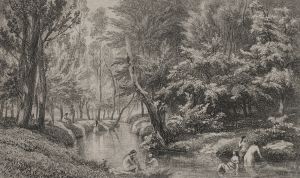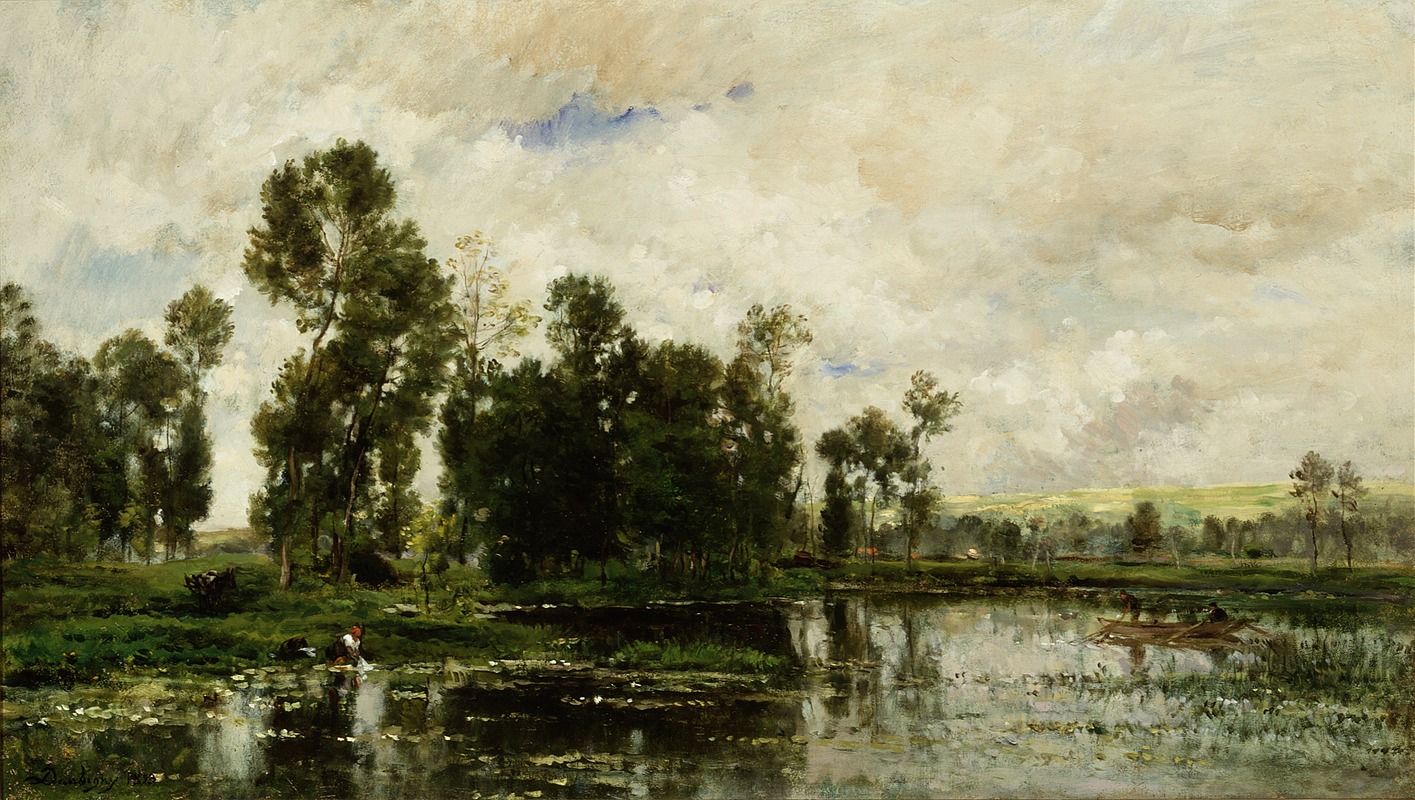
The Edge of the Pond
A hand-painted replica of Charles François Daubigny’s masterpiece The Edge of the Pond, meticulously crafted by professional artists to capture the true essence of the original. Each piece is created with museum-quality canvas and rare mineral pigments, carefully painted by experienced artists with delicate brushstrokes and rich, layered colors to perfectly recreate the texture of the original artwork. Unlike machine-printed reproductions, this hand-painted version brings the painting to life, infused with the artist’s emotions and skill in every stroke. Whether for personal collection or home decoration, it instantly elevates the artistic atmosphere of any space.
"The Edge of the Pond" is a painting by the French artist Charles François Daubigny, who was a prominent figure in the Barbizon School, a movement that aimed to break away from the formalism of academic art and instead focus on naturalistic landscapes. Daubigny was born on February 15, 1817, in Paris, France, and he became known for his innovative approach to landscape painting, often working en plein air (outdoors) to capture the transient effects of light and atmosphere.
"The Edge of the Pond" exemplifies Daubigny's dedication to depicting the serene and unembellished beauty of nature. The painting features a tranquil pond, bordered by lush vegetation and trees, with reflections of the surrounding landscape mirrored in the still water. Daubigny's use of soft, muted colors and loose brushwork creates a sense of calm and harmony, inviting the viewer to appreciate the quietude of the natural scene.
Daubigny's technique in this painting reflects his interest in capturing the fleeting moments of light and shadow, a characteristic that would later influence the Impressionist movement. His ability to convey the atmosphere and mood of a landscape through his brushstrokes and color palette was highly regarded by his contemporaries and continues to be appreciated by art historians and enthusiasts today.
The Barbizon School, to which Daubigny belonged, was named after the village of Barbizon near the Forest of Fontainebleau, where many of the artists gathered to paint directly from nature. This movement emerged in the mid-19th century as a reaction against the rigid conventions of academic art, emphasizing instead the importance of direct observation and the depiction of rural life and landscapes.
Daubigny's work, including "The Edge of the Pond," played a significant role in the transition from the Romanticism of the early 19th century to the more naturalistic and later Impressionist styles. His influence can be seen in the works of later artists such as Claude Monet and Camille Pissarro, who admired his ability to capture the essence of the natural world.
Throughout his career, Daubigny received numerous accolades and exhibited his works at the prestigious Salon in Paris. His contributions to landscape painting were recognized with awards and honors, solidifying his reputation as a leading artist of his time.
"The Edge of the Pond" remains a testament to Daubigny's skill and vision as a landscape painter. It reflects his deep appreciation for nature and his commitment to portraying its beauty with honesty and sensitivity. Today, Daubigny's works are held in various museums and collections around the world, continuing to inspire and captivate audiences with their timeless appeal.





